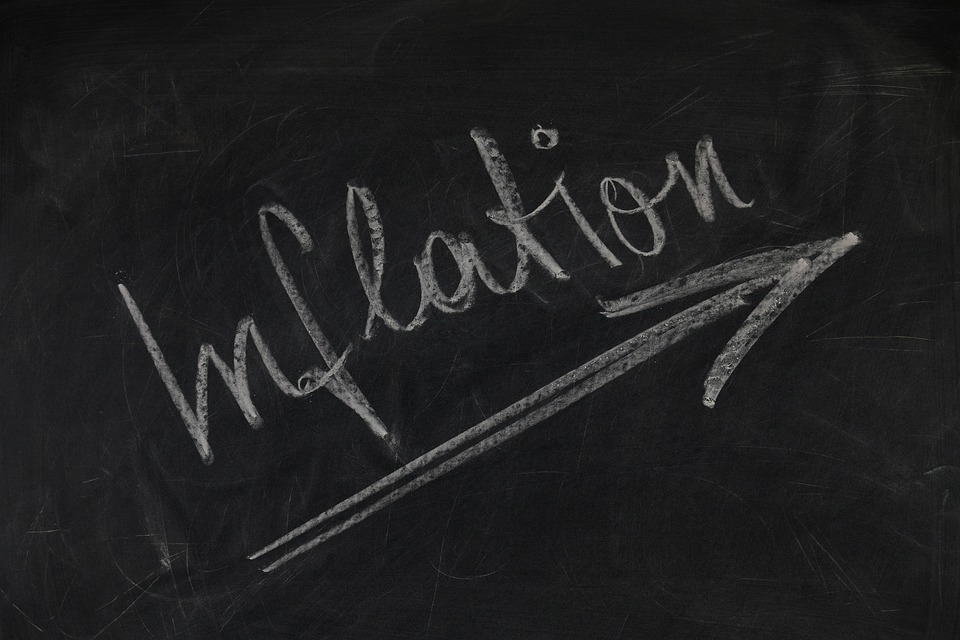Why The Fed Thinks It Has To Bring Inflation Down Now

The Federal Reserve’s continued interest rate increases lead many to wonder, “What are they thinking?” The Fed pretty much mirrors professional economics opinions, which have evolved over time, from naïve Keynesian to monetarist to New Keynesian including a strong preference for low inflation. Here’s how that came about.
Inflation seemed to come from the labor market according to many early followers of John Maynard Keynes. When workers demanded higher wages, companies had to increase their prices to cover the costs. When unemployment was high, though, workers were happy to have jobs and didn’t push for higher wages. So the economy had a tradeoff described by the Phillips Curve. High inflation came with low unemployment, and low inflation with high unemployment. Policy makers could choose, the thinking went, where to be on this tradeoff. The pain of unemployment was generally considered to be worse than the pain of inflation, so policy-makers embraced an inflationary bias. Back in the 1960s this bias led to rising inflation.
In the background, a few monetarists continued to believe that inflation came from excessive growth of the money supply. That view received more credibility when Milton Friedman and Anna J. Schwartz published their monumental A Monetary History of the United States, 1867-1960. They found evidence that money supply fluctuations drove short-term changes in the overall economy, including periods of inflation and deflation.
The Phillips Curve tradeoff between inflation and unemployment was then attacked by two economists who would go on to win Nobel prizes in economics, Milton Friedman and Edmund Phelps. They separately developed similar models, in which the inflation-unemployment tradeoff worked for a particular public expectation of future inflation. But when inflation expectations changed, then the tradeoff curve shifted. The implication of this model was that no long-term tradeoff existed. If policymakers tried to stimulate the economy, they could get lower unemployment and higher inflation only until people realized what was going on. Then unemployment would fall back to its old level. If stimulus came again, we’d see rapidly rising inflation, and then unemployment would return to its previous level. The Friedman-Phelps approach is often called the expectations-augmented Phillips curve.
Analysis of long-run trends found a startling new relationship: Economies with low inflation tend to have stable economic growth, while high-inflation economies tend toward boom-bust cycles. That statistical correlation was also captured in a new approach to econometric modeling (dynamic stochastic general equilibrium). The simple logic is that high inflation will often lead the Fed (or central bank in other countries) to tighten monetary policy, resulting in recessions. And if the Fed fails to tighten, then inflation will accelerate, leading to unstable expectations about future inflation. These expectations can trigger recessions themselves. An analogy describes the problem: A car driving on an icy road does fine so long as it’s going straight, but once it starts to swerve a little, it goes out of control. Keeping inflation low and expectations well anchored is the key to long-run economic stability.
That last concept—low inflation leads to stable economic growth—motivates the Federal Reserve in 2023. The idea has been expressed by multiple members of the Federal Reserve Board and presidents of the regional Federal Reserve Banks.
Economic theories change over time, and the profession may develop a better view of inflation’s causes and the stability of growth. But for now, this is the theory that will lead the Fed to continued monetary tightening until they are sure that inflation will return to the two percent target.
More By This Author:
Fairness And The Tight Labor Market
Upside Potential For Housing Market In 2023
Associations And Trade Shows Will Be Hurt By The Recession



